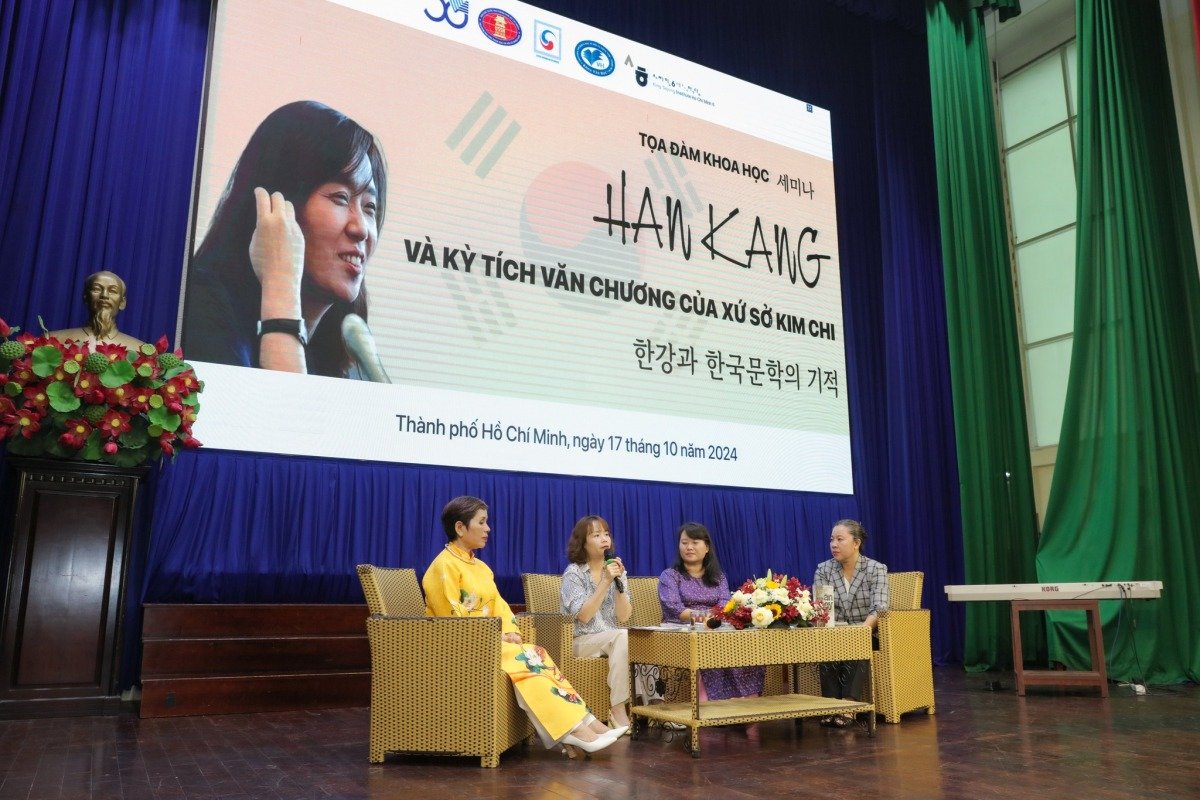Background and issues of Saemangum reclamation
Background and issues of Saemangum reclamation
Posted March. 06, 2001 13:38,
Amid an ongoing controversy over the reclamation of tidal flats in the Saemangum area, the environment, maritime affairs and fisheries, and agriculture and forestry ministries and the North Cholla provincial administration made public separate reports on the project Monday. After a joint policy meeting, the central government and the Millennium Democratic Party announced plans to first develop the Dongjin River basin, where the water quality is better, and then proceed with the Mangyong River portion of the project.
Will the project continue?
The office of the prime minister released all of the reports in hopes of dispelling public fears of a ``backroom deal`` on the project. The ruling party-government consultation meeting produced a compromise scheme under which development of the environs of the Dongjin River will go ahead prior to the reclamation of the Mangyong River basin.
The government apparently sought to boost transparency by publishing the differing views of the various agencies and gauging the public reaction to the compromise plan for a two-phase effort. Officials were no doubt concerned over a possible backlash and consequent erosion of trust in the government`s commitment to major public works if the massive project was cancelled at a time when it is already 58 percent complete.
``The outcome of the policy meeting may not translate directly into action but it provides the basis for a final decision after further viewpoints are gathered,`` an aide to the prime minister said. Some analysts believe a broad accord has already emerged between the office of the prime minister, the governing party and the agriculture and forestry ministry.
Problems with two-phase project:
The idea of dividing the project into two parts, separately focused on the Dongjin River basin and the Mangyong River basin, was largely influenced by the environment ministry`s findings that the water in and around the Mangyong River was so contaminated that its flow into the Saemangun Lake would render the waters of the latter unfit for irrigation.
Last December, the environment ministry said in its first report that the total amount of phosphorus, an important indicator of water quality, in the Mangyong River was expected to reach 0.117 parts per million (ppm) in 2012, above the maximum permissible level of 0.100 in grade four water for agricultural use. The ministry of agriculture and forestry said the situation would be much improved after the implementation of the project as the number of households on the reclaimed land would be halved, the outflow of Mangyong River water into the sea would see a four-fold increase and livestock farming would be drastically scaled down. The office of the prime minister called for a reassessment. The environment ministry again made a negative forecast that the total phosphorus content would be 0.103 ppm, once more enough to make the water there unsuitable for agricultural use.
Controversy over two-phase development
The ministry of agriculture and forestry said it would stick to its plan to first reclaim the Dongjin River basin. The maritime affairs and fisheries ministries, which favor conserving the tideland, voiced objections. More than 10,000 hectares, or four percent of all tidal flats nationwide, would be lost if the Dongjin River basin was developed. It also could adversely affect the tidal flats in the Mangyong River basin, opponents said. The environment ministry only disputes the water quality, it has not taken a clear stand on the two-phase development plan.
Various scholars also entered the fray. A Seoul National University professor said there was no alternative to the plan and that the reclaimed land should be used for farming alone. The dean of its graduate school of environment voiced skepticism about the economic utility of two-phase development, pointing to the rising value of tidelands.
Steps to improve water quality in Mangyong River
The agriculture and forestry ministry said it would build an outlet to drain up to 30 tons of water a second from the Mangyong River. The volume accounts for 55 percent of the annual inflow and the operation would require the outlet to be open 266 days a year. The figures present an unrealistic picture, according to naysayers. They argue that the prediction that livestock farming in the area would fall 36.8 percent runs counter to the current trend toward an increased number of livestock in North Cholla province.
Kim Joon-Seok kjs359@donga.com
Headline News
- Presidential Office signals possible offensive weapons aid to Ukraine
- N. Korea reportedly prepares military balloon attack with Russia
- Medical associations join bipartisan talks on expanding medical school quotas
- Former world No. 1 Ko Jin-young returns to LPGA
- Kakao unveils AI service ‘Kanana’ at 'if Kakao AI 2024'







